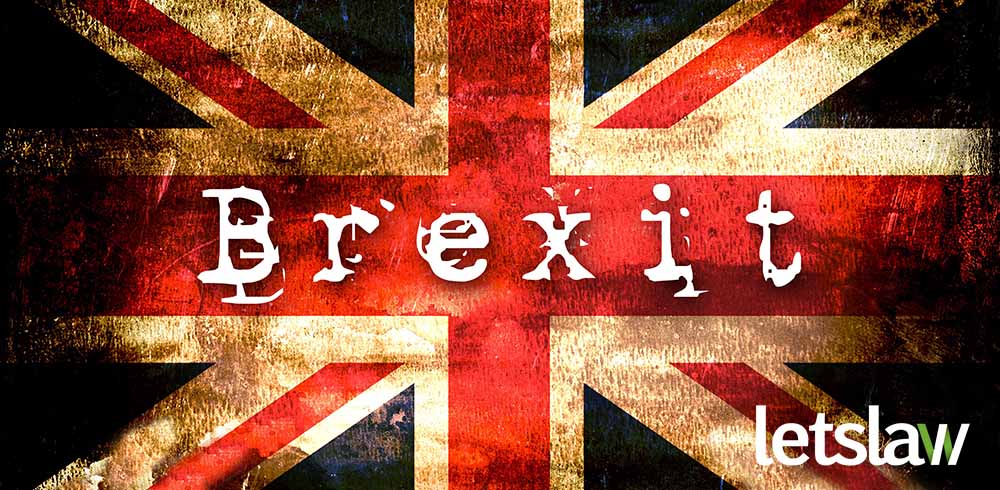
Brexit and the intellectual property rights protection
The Brexit deadline is planned to be the 31st January 2020 and the withdraw dial will bring a lot of changes that will affected also in the field of intellectual property, specifically on trademarks, its validity and its regulation after the UK exit from the EU.
Are Trademarks affected by Brexit?
Trademarks will effectively be affected after the Brexit, as well as the unitary effect that will cause in all EU Member States, as the EUTMs will no longer protect trademarks registered in the UK as it is exclusively a matter of the EU law, in accordance with the article 1(2) of the Trademark Regulation. In this sense, the Brexit will limit the EU trademarks’ territorial scope of protection to the remaining 27 European Member States.
Notwithstanding the foregoing, the EUIPO, after the UK withdraw day, will create a comparable UK trademark in order to protect all the holders’ rights with an existing EU trademark.
On the other hand, an UK national who is not a national of an EU Member State or does not have a real and effective domicile in an EU Member State, is not entitled to file an international application based on an EUTM through the EUIPO. On the contrary, every UK national who has a domicile in an EU Member State or an EU Member State national who has a domicile in UK is entitled to file an international application with the EUIPO.
Having the foregoing in mind, the solution to the problem of what will happen with international registration of a trademark designating the EU after the Brexit would be that any registration under these circumstances, will only be valid in any of the remaining 27 EU Member States.
Supplementary protection certificate law: different Scenarios
All registered EUTMs will be cloned into new UK registrations on the date of Brexit. The holders of such rights that have been registered or granted before exit day will automatically be granted a comparable intellectual property right in the UK, free of charge. For EUTMs, this would mean a trademark consisting of the same sign, for the same goods or services, which means that it will have the same legal status as it had been register under UK law. Therefore, the “comparable trade mark” will be a fully independent UK trademark which can be assigned, licensed or renewed separately from the corresponding EUTM.
In this sense, the date of filing or the date of priority will be the same as that of the EUTM and the first renewal date of the new UK intellectual property rights will be the same as the renewal date of the corresponding EUTM.
In the case that a trademark’s holder does not want to own a comparable trademark, there is a possibility to those owners to opt out only if the request by the owner is presented after the exist day or, on the contrary, it will not be valid. However this provision ceases to have effect when the trademark has been put to use in the UK after the exit day by the owner, when the mark is subject to a license, security interest, an assignment or other document, of when/if there are pending proceedings based on this comparable trademark.
Another scenario could arise if EU trademarks have expired before the exit day.
Taking this into consideration, a comparable trademark will be created in the following cases:
- The EUTM was due for renewal in the six months prior to exit day.
- The EUTM has not been subject to a late renewal action at the EUIPO.
- The EUTM has not been subject to a late renewal action at the EUIPO.

Letslaw es una firma de abogados internacionales especializada en el derecho de los negocios.







